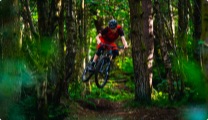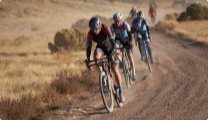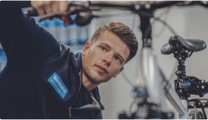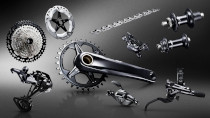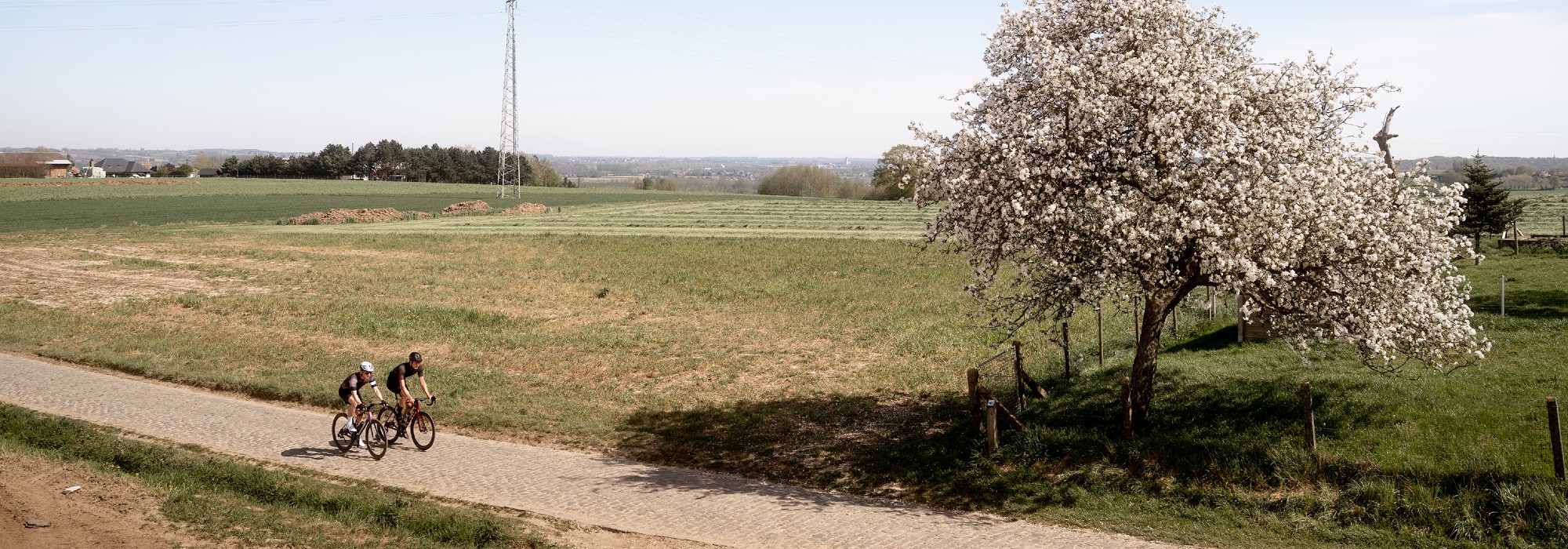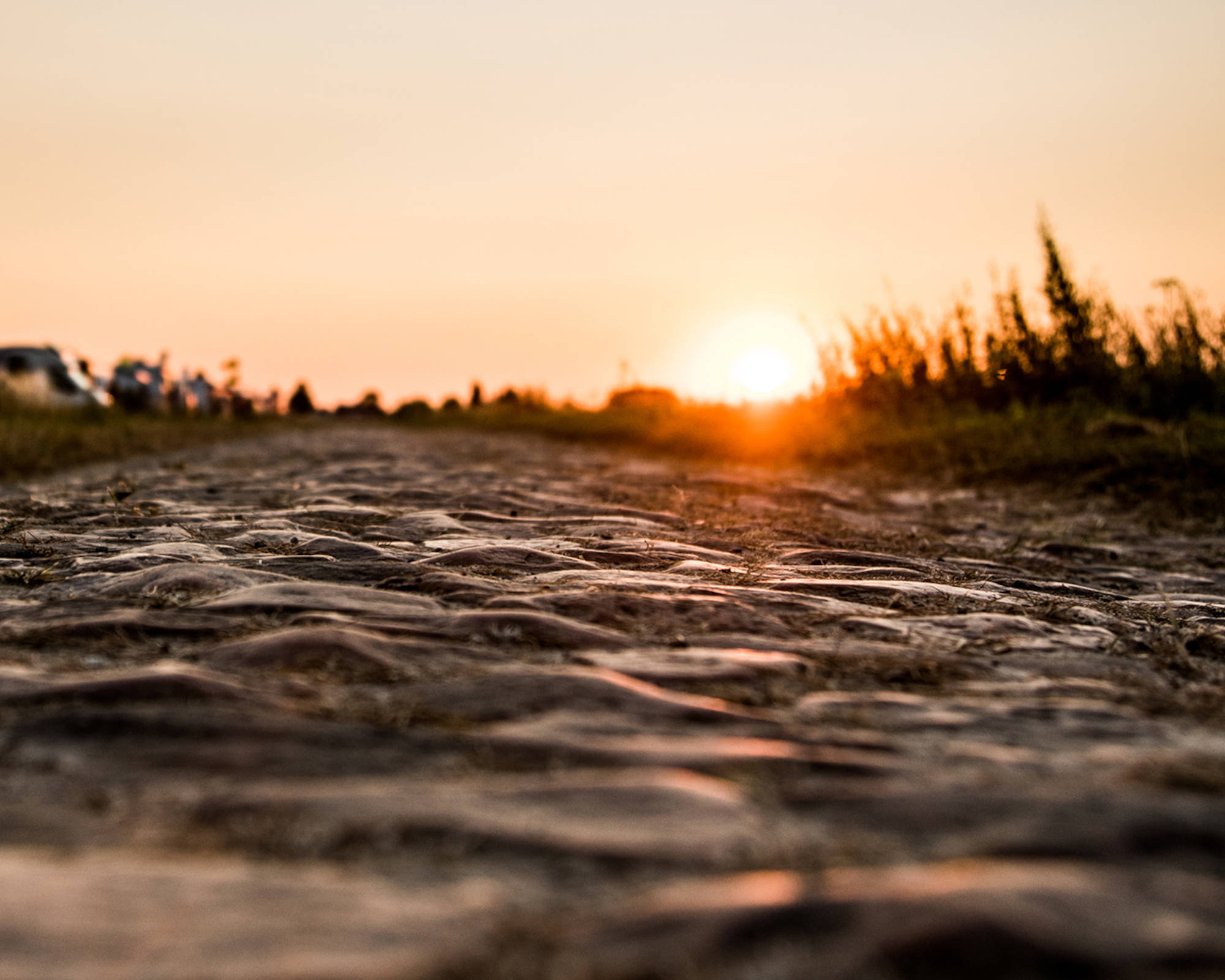Climbing the Cauberg, Muur van Huy and Muur van Geraardsbergen in one day makes a cycling heart beat faster. Add to that a day with the Koppenberg, Kemmelberg, Carrefour de l'Abre and some hidden gems and you’ll have the recipe of the Super Classic. A tribute to the iconic spring classics on known and lesser known roads. It’s Nas-Raddine Touhami's idea, supported by SHIMANO. In the 2.0 version of the Super Classic he managed to combine even more classics, more climbs and more cobblestone sections into one inspiring whole.
Version 2.0
Last year we rode the Super Classic in horrible conditions. During this heroic first edition, the rain and strong headwinds made the 335 kilometers feel like 500. Something I did not feel like repeating. Although for me the Super Classic is not about the longest distance, maximum elevation or fastest time, but about the experience and discovery, mixed with a healthy dose of suffering. That is why I expanded the route over two days. Also because two monuments were missing in the first version: the Muur of Geraardsbergen and the Kemmelberg.
Anticipation is on
With this in mind, I began building the route in Komoot. What a wonderful activity. Experiences, highlights, street view and especially map reading are the basic ingredients. Just like when painting, you'll always have to put your route down a number of times. Adding improvement upon improvement to finally create your masterpiece.
The concept is simple. I want to connect the roads and climbs of the most important spring classics with the most beautiful backroads I can find. Day 1 consists of the Amstel Gold Race, Liège-Bastogne-Liège, La Flèche Wallonne, Brabantse Pijl and Omloop het Nieuwsblad. We’ll finish with the Muur van Geraardsbergen after 245 kilometers and about 3000 meters of elevation.
'Flanders' best' define the start of day 2. Flemish names such as the Haaghoek, Eikenberg, Koppenberg, Taaienberg, Paterberg and Oude Kwaremont will be the first tests. Then there is the long road to Ypres that will take us through the area of the E3 Prijs' final part. However, here I bypass the bigger and wider roads at all costs. Instead, I look for meandering roads through Flanders’ fields. Ypres makes its debut as the start of Ghent-Wevelgem in this edition. A race with all the allure of a monument. Who doesn't remember the stormy, echelons rich edition won by Luca Paolini, with riders being blown into the ditches next to the road? This region is beautiful for cycling but has a dark past as one of the bloodiest battlegrounds of the First World War. The Menin Gate in Ypres, monuments and military cemeteries are therefore also essential parts of the route.
Just like last year, Paris – Roubaix will be the apotheosis, as the Hell of the North is regarded as the mother of all classics. We’ll cross over from the Westhoek riding narrow backroads and plugstreets, but we'll also cut straight through Lille. Contrasts like these only make a route more beautiful and interesting. The finish is of course in the mythical Vélodrome André-Pétrieux. I can't imagine a better place to end 'the one classic to rule them all'.
Morale is high
In contrast to last year, the cobblestones of the Maastricht Market are coloured golden yellow by the morning sun this time. At the start this year are Ward Grootjans, Ralph Hoffman, Erwin Sikkens and Yorit Kluitman. The morale is high when we leave at 07:15 towards the Cauberg: the famous finale of the Amstel Gold Race. To be honest, locals like me rarely climb it. Actually, my last time was during the previous Super Classic. But it always provides a spectacle. After this first 'classic' we ride through the rolling hills lined with beautiful blossom. It doesn't get any better than this; what a contrast compared to the previous edition. On quiet and rough back roads we follow the Meuse towards Liège where the Côte de Sarolay should not be missed and in a Liège suburb the beautiful steep cobblestone climb to Fort Chartreuse awaits us. Lesser known, but truly a historic gem!
Three-stage rocket
Via the Côte d'Embourg we cross the road to the finale of Liège-Bastogne-Liège. La Roche aux Faucons is a three-stage rocket that will challenge us. No matter how slowly you ride up, you’ll always suffer. Especially the bit at the end that turns out to be way steeper than it looks on TV. On rolling roads we cross the magnificent Condroz. We’ll ignore the Meuse valley this year, tackling more altitude meters, but the views and charming Ardennes villages are worth it. The kilometers keep adding up and the exit to the Chemin des Chapelles already appears... the first Wall awaits!
Le Mur
Since 1985, the Mur de Huy has been the daunting finale of La Flèche Wallonne. The race in which explosive lightweights such as Valverde distinguish themselves in the famous virage Claude Criquielion. The percentages are as impressive as they are terrifying for us as well. So we opt for a steady pace instead of going full gas, because that other Muur is still waiting for us today. After a well-deserved coffee stop at the local cycling café we leave the Ardennes and its classics behind us. Woods give way to rolling fields as far as the eye can see. Not a meter of the small roads is flat or straight as we hit the first cobblestones. We pass the monument of Waterloo and cobblestones and gravel sections pop up in quick succession. Most ‘secteurs’ are in a bad state, and this is just a taster of what's to come tomorrow. In the meantime, we also follow the epic final of the actual Paris-Roubaix race that is on today. Between the blooming hyacinths of the Hallerbos we watch Dylan van Baarle win his first monument. His finish heralds the start of our own grand final.
The Flemish Muur
After nearly 250 kilometers we enter Geraardsbergen and the Muur beckons on the right, it’s perhaps the most famous and feared climb in Flanders. We’re struggling at this point, but at the top we still enjoy the view and feel a bit like we just won a Classic. We stay the night in style in the Flandrien hotel. It’s owned by cycling enthusiasts pur sang and is a unique accommodation in the region. With numerous classic racing bikes, including the ancestors of our own ones, this hotel exudes love for racing. We enjoy a well-deserved beer and dinner, finally there's some time to relax.
No time for the warm-up / Day 2:
After a hearty breakfast, we get back on the road. There is not much time to wake nor warm up our legs. The Valkenberg is the opener of our Tour of Flanders chapter. One after the other cobblestone section or climb hits our wheels, it's sublime! Pain and pleasure are very close to each other here. On the Taaienberg we shift up a gear, not as impressive as Tom Boonen once, but still. After the Berg ten Houte we hit the Paterberg and Oude Kwaremont. After rounding these peaks we continue with some the cobblestones of the Varentstraat towards the Tiegemberg.
Our surroundings change as hills give way to plains. For 40 kilometers we grind on the big ring and we pass the Menin Gate in Ypres. This impressive building that commemorates 55,000 missing persons from WWI has been the start of Ghent-Wevelgem since 2020 and marks the halfway point of this day for us. With 100 kilometers to go, the Scherpenbergweg heralds the final of the Belgian part of our ride. Beautiful views make us forget the pain in our legs for a while. The steep Schomminkelstraat and Baneberg are warm-ups for the (in)famous Kemmelberg. The run-up is reminiscent of the Eyserbosweg in Zuid Limburg: uncomfortably steep. But once on the cobblestones, the misery really starts and stoempen is our only way to make progress.
Plugstreets
The name Plugstreets is derived from the British ‘translation’ during WWI for the village of Ploegsteert, the birthplace of the late Frank Vandenbroucke. In 2019, three sections of these 'gravel' roads were included in the renewed Ghent-Wevelgem course. They are actually not that challenging to ride and the rural location is the main reason to include a few of them. The sun is slowly setting when France finally comes into view. We straighten our backs once more and move the chains to the right. We cross the city of Lille in no time.
The final battle
In Templeuve, our first real Roubaix cobblestone section called L'Epinette appears and is quickly followed by Moulin-de-Vertrain. The dust from the race on the day before seems to be still in the air, just like the tension. Our finish is within reach and euphoria propels us over the cobblestones. Bourghelles, Wannehain, Camphin-en-Pévéle, the names of the secteurs sound like poetry... but they hurt a lot. You have to have ridden them yourself to experience how tough it really is, trying to find and hold your line. To quote Ward (after a second flat tyre): “This has little to nothing to do with cycling anymore”. At the famous Carrefour de l'Arbre, we try to ignore the pain one last time. Our butts and hands are done. The narrow strips of dirt on the side of the cobbles offer some solace. We speed across Gruson and Hem and finally ride into Roubaix in the last light of the day. One last cobblestone section at Espace Charles Crupelandt is cleared and happily we turn into the Vélodrome, for some well-deserved laps of honour. What a fantastic experience the Super Classic turns out to the second time around! To me, two days with this group is the golden formula to optimally experience the best of the spring races and all of the beauty in between. My love for the classics has only grown and I'm already looking forward to the next edition!
The details:
Gear:
2022 Trek Emonda SLR with Dura-Ace 9200 and Dura-Ace C50 Wheelset
Stats:
Day 1: 245km and 3000m of elevation
Day 2: 237km and 1860m of elevation
38 cobblestone sections
6 gravel roads
Komoot & Strava
The Super Classic 2.0 is Nas-Raddine Touhami's idea and its execution is supported by Shimano Europe.
Photography: Robbrecht Desmet & Yorit Kluitman
Videography: Erwin Sikkens, Studio YK (Yorit Kluitman & Cyril Chermin)
Edit: Niels Groenendijk
